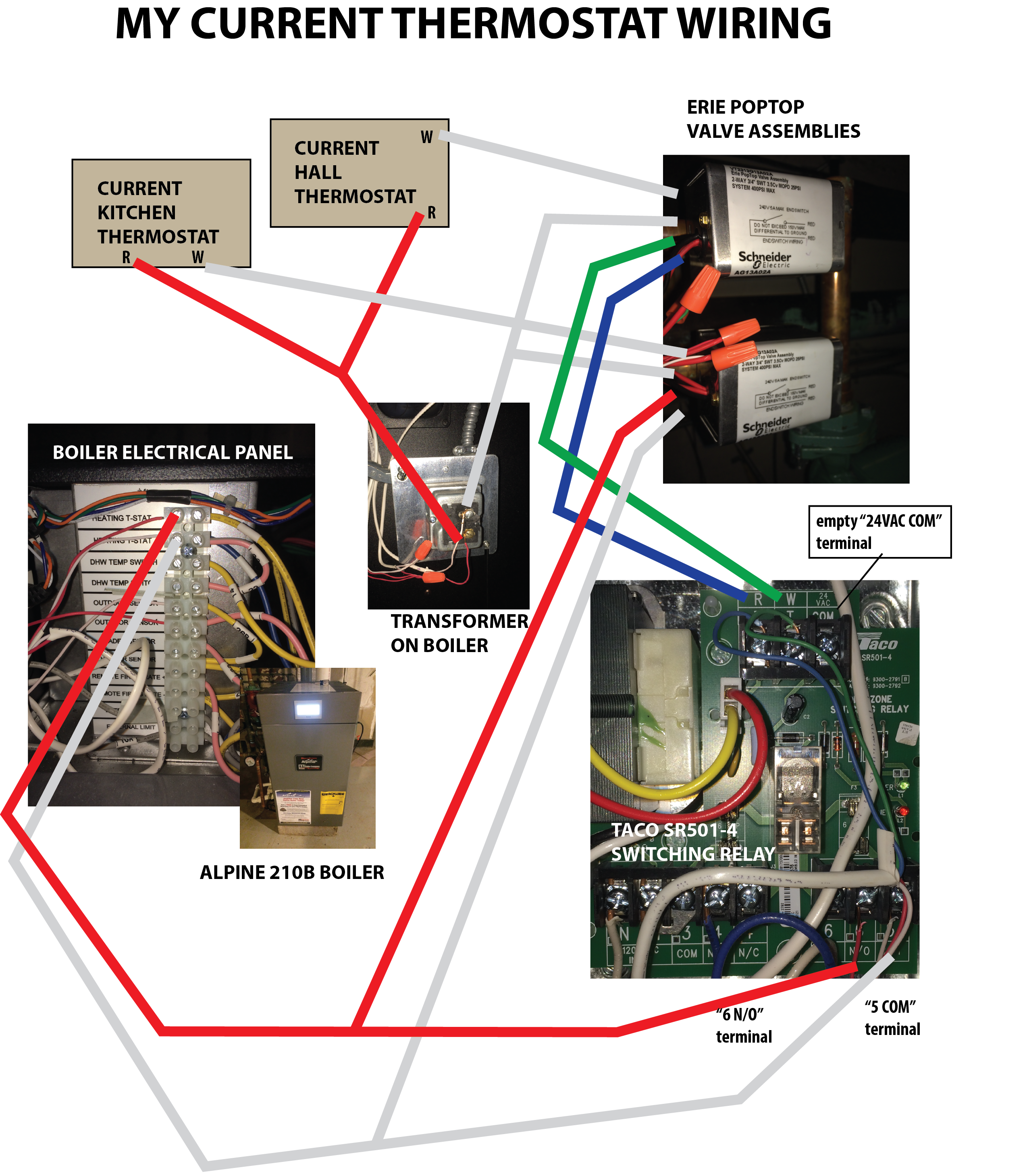Download Free Fluid Flow And Heat Transfer In Wellbores Pdf Converter
Readbag users suggest that SPE2010BookCatalog.pdf. Fluid Flow and Heat Transfer in Wellbores. A Spanish version of the PRMS is available for free download. Fluid flow and heat transfer in wellbores [A. Rashid Hasan] on Amazon.com. *FREE* shipping on qualifying offers. This book is a must for anyone needing to understand these common problems and practical approaches to solving them.
Highlights • Without boiling, convection patterns induced by a moving heat source in water are close to those in blood. • Without boiling, buoyancy induced flow, axial mixing and temperature stratification occur. • A carbonized layer on the fiber tip promotes boiling in water. • Boiling bubbles in water rapidly detach from the tip and promote mixing and a homogeneous temperature field. • With boiling of blood, temperatures near the wall never reach 75 °C at a laser power of 15 W or less.

• With boiling of blood, a gas bubble may be formed that sticks to the fiber tip that might become damaged. Highlights • In this paper, two-phase dusty non-Newtonian fluid flow is studied. • The modified power-law viscosity model is employed to obtain the solutions. • The governing equations are solved numerically by using finite difference method. • Results are presented in terms of heat transfer rate and shear stress rate. • Velocity, temperature, streamlines and isotherms are presented for important parameters.
• It is observed that power-law fluids are more likely to promote the heat transfer rate. Highlights • A hybrid numerical-analytical solution has been obtained, based on the Generalized Integral Transform Technique (GITT), for the coupled nonlinear partial differential equations governing the 2-D MHD flow with heat transfer inside a square cavity.
• The convergence behavior for both the streamfunction and temperature fields at prescribed positions, as well as for the average Nusselt number at the hot wall, was investigated. The GITT results are fully converged to at least three significant digits in all cases. • A verification and validation analysis was performed by comparing the results for fluid velocities and temperature, as well as for Nusselt number, against results (numerical and experimental) reported in the literature. Good agreement was achieved, and relative deviations in general increased for higher Grashof and Hartmann numbers. • The approach can be extended to more involved problems to investigate the effects of various parameters, including cavity inclination angle and aspect ratio, internal volumetric heat generation rate, spatial variation of temperature and/or heat flux at the boundaries, spatial variation of thermophysical properties, and irregular geometries. Highlights • A macroscopic model for solidification in porous media is derived using the volume averaging method.
• Solidification starts when the infiltration of the porous mould is completed. • The phase change involving three phases (liquid and solid metal, mould) is governed by diffusion. Lfs S2 Alpha X Keygen Download Torrent there. • The upscaled model assumes the local thermal equilibrium assumption between the metallic phases.
• Local thermal non-equilibrium between the equivalent metallic phase and the mould is considered. Lap Laser Apollo Users Manual. • Closure problems are derived and solved for the determination of the effective transport properties. • Numerical solutions of the macroscopic model are compared with experiments.
Well completion plays a key role in reservoir production as it serves as a pathway that connects the hydrocarbon bearing rock with the wellbore, allowing formation fluids (e.g. Oil, gas, water) to flow into the well and then up to production facilities on the surface. Frac-packing completion (F&P) is a well stimulation technique that vastly increases the fluid transport capability of the near wellbore region in comparison with the original formation capacity by filling fractures and perforation tunnels with high-permeability proppant, thus enabling higher production rates for the same pressure drop.
Hence, it is of interest for the production engineer to have an accurate description of the actual and predicted production performance in terms of pressure drop and flowrate after the F&P completion process is done. However, in developing a mathematical model of this scenario two critical challenges should be faced: (a) as fluid flows at high flowrates it begins to deviate from linear behavior, i.e.
Darcy’s law is no longer valid, (b) compressible fluid flow behavior in the near wellbore region cannot be intuitively predicted due to the geometrical complexity introduced by the well completion (e.g. Perforation tunnels and fractures). Dub Floaters.
Additionally, this kind of mathematical model must take into account the existence of three different domains: reservoir (porous, low permeability), completion region (porous, high permeability), and free flow region. In view of these complications, this study presents a computational approach to model and characterize the near wellbore region with F&P completion using computational fluid dynamics (CFD) modeling, combining a non-linear (non-Darcy or Forchheimer) real gas flow in porous media with a turbulence model for the free flow region. This study is classified into three parts: 1) verification case, 2) Darcy vs. Non-Darcy flow, and 3) erosion analysis. All simulation cases are assumed to be isothermal, steady state gas flow.